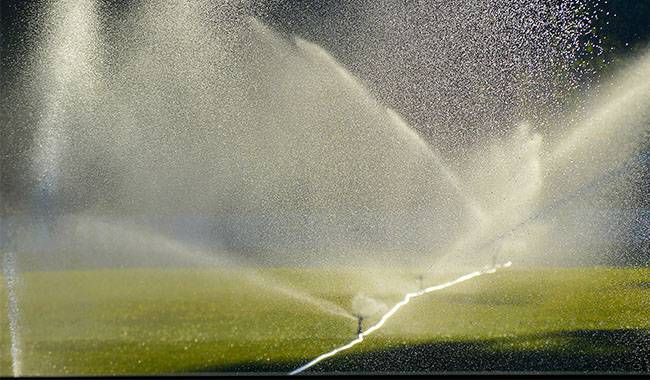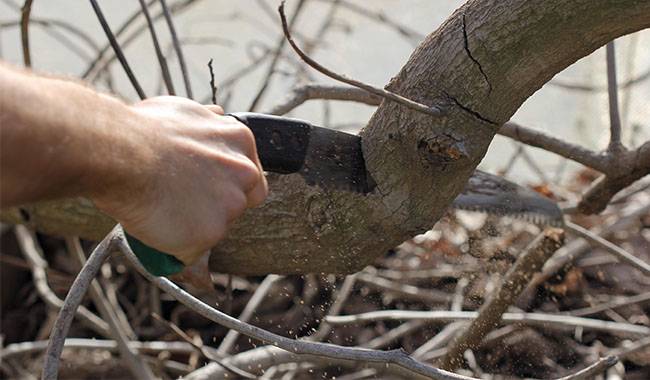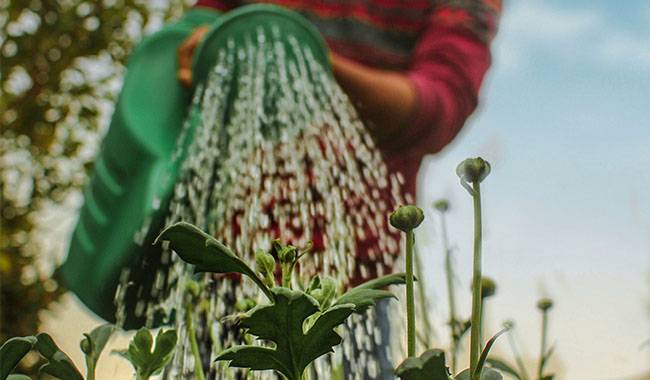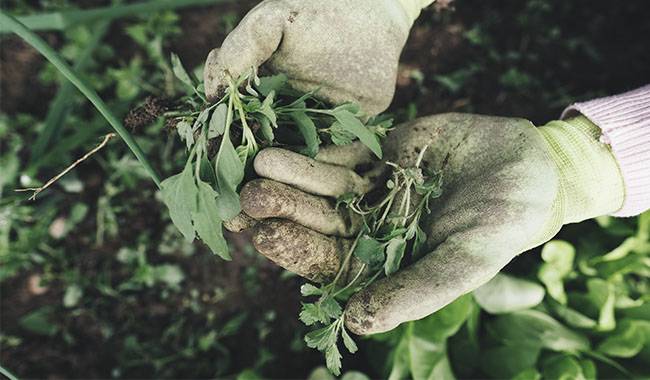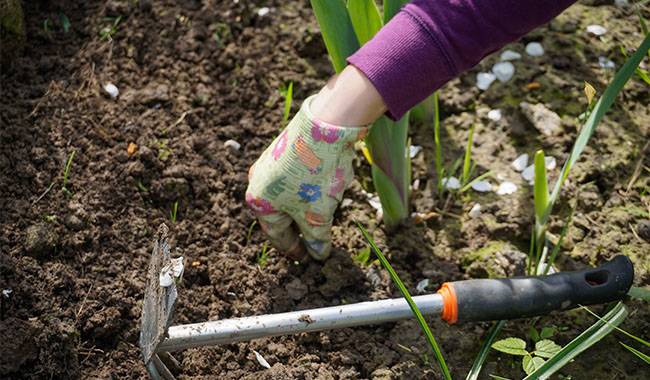
Weeds are a constant problem for every gardener. While everything in nature is natural and logical, we cannot accept their presence on our property. They interfere with the life of cultivated plants.
Therefore, we devote most of our time and labor to weed control. This is probably the most difficult and unpleasant physical work we have to do in the garden. But is it really necessary?
In this article, let’s look at conventional and organic methods of weed control. Which is the best way? So, is it so necessary to achieve sterile cleanliness on the plot?
ABOUT CONVENTIONAL AND ORGANIC WEEDS
It is difficult to give an exact definition of what a weed is. We are used to calling all plants that no longer grow that way. Even last year’s green manure, growing spontaneously in a bed next to sown parsley or lettuce, we consider a weed in this year.
Raspberries, creeping around where they don’t ask questions, are also a weed? They seem to be cultivated plants, but they are so insolent that it is harder to get rid of them in the wrong places than it is to get rid of couch grass. Cultivated species that germinate in the field without our blessing are often called weed killers.
So what is considered a classic weed? In general, this category includes wild species characterized by exceptional vitality and aggressiveness in the development of new territories.
Their intensity is provided by the following factors.
- Weeds are enviably fertile – they produce a large number of seeds.
- Their seeds are very hardy – they continue to germinate in the soil for several years.
- They reproduce by all possible means, including asexual reproduction.
Unfortunately, cultivated plants are not even one-tenth as resilient as weeds. Allowing them to grow in each other’s company means relying on the mercy of weeds, and weeds certainly leave our pets without a chance.
Thus, the “holy war” between gardeners and weeds shows no sign of ending yet. And the victory of gardeners in it is always temporary.
TRADITIONAL METHODS OF WEED CONTROL
The “holy war” comes more from the history of believers in traditional methods of agricultural technology in the fight against weeds and litter.
These methods have remained the same for decades and are summarized as follows.
- digging.
- weed control.
- Mowing the above-ground portion of the weed, resulting in suppression of root growth.
- Herbicide treatment.
Digging – not over digging.
There is a heated debate between proponents of natural and conventional agriculture about the benefits and drawbacks of digging a garden continuously today.
The first group argues, first, that it is physically very difficult and, second, that it destroys the soil structure, which can then only be restored by constant fertilization and hoeing, which, in effect, large estate owners do throughout the summer, having plowed their gardens in the spring.
Advocates of organic farming offer their own methods of weed control, which do not include heavy labor with a shovel. But if we are talking about virgin land on which nothing but wheatgrass, gout, and nettles have been growing for years, all these methods are ineffective.
The roots of the weeds on the topsoil will not be cut off. A better option is to dig it out with a fork. This will minimize the splitting of the rhizome into many pieces, causing the weed to spread more quickly.
A more modern method of mechanical weed control is the work of a tractor, power cultivator, or cultivator. This machinery reduces physical labor (no shoveling! ), but complicates the process of pulling weed roots several times.
You won’t get all the roots anyway, so a summer season with a hoe is guaranteed. And for most large estate owners in the post-Soviet space, there’s nothing special here.
But those who could not or did not want to spend six months, without bending, hoeing, turned to another traditional method of agriculture – the use of herbicides.
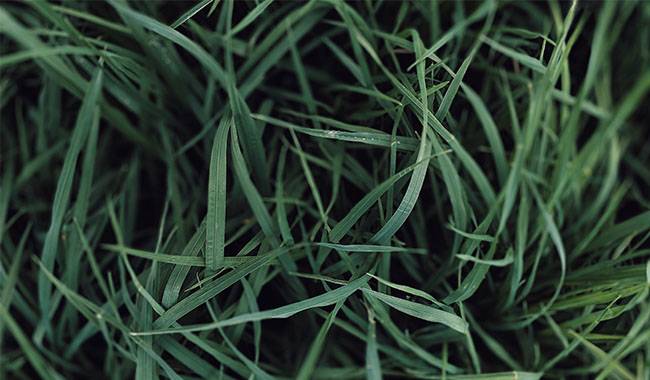
Herbicides are different!
The modern reality is that we use chemical industry products every hour, if not every second, with little thought given to the issue. But when it comes to herbicides, the vast majority of people who prefer natural methods, as well as those who don’t grow anything and only consume it, will say how “horrible it is”.
But if you look into it, the “horror” isn’t that bad, and the people who claim such things don’t even remember the name of any of the modern herbicides. Most “naturalists” and advocates of using “clean” fruits and vegetables don’t want to know that modern herbicides are no longer the same ones that were used 20-30 years ago.
Most of the old drugs have long since been removed from production and the newer quality herbicides do not cause any harm to the environment or the quality of the products grown when done well and at the correct dosage. And frankly, any detergent we use every day is much more harmful to the environment.
Traditionally, all modern herbicides fall into two categories.
The first category of herbicides: those applied to the soil and absorbed through the plant roots, inhibiting the growth of weeds and gradually eliminating them; and the other category, those sprayed directly on the green masses of weeds, reaching the roots through the leaves.
The former are more aggressive and are not usually recommended for use, even by the manufacturers themselves. First, they tend to stay in the soil for months, thus affecting the cultivated plants growing on them.
Secondly, if they are used year after year, the soil will eventually stop “digesting” them, making them practically unfeasible for many cultivated plants.
The second type of herbicide: is the more interesting type that acts on the roots of weeds through the leaves. Once in the environment, this herbicide is destroyed within a few days, without having a noticeable effect on either the state of the soil or the cultural plants growing next to the weeds.
Of course, the use of herbicides, as well as any other chemical, should be done with caution, strictly following the manufacturer’s recommendations regarding dosage.
If you can do without them, then use them, but in some cases, they are essential, for example, if it is necessary to put together an abandoned garden several acres in size in one season.
Organic farming techniques for weed control
The main difference between “naturalist” and “cultivator” methods of weed control is that organic farming is primarily designed to prevent weeds, not to get rid of them as quickly as conventional farming does.
How do weeds “fight” in organic farming?
Mulch (mulch)
Many natural materials can be used as mulch: cut grass, including weeds, sawdust, bark, needles, etc. Suitable and easy means are also available: roofing felt, slate, polyethylene, etc. (but here again there is a question of “naturalness”).
It is realistic to cover a certain area of land with this type of mulch and, by the end of the season, get rid of the annual weeds present there. Mulch for couch grass and other perennials will not take immediately. However, they can be easily pulled out of the ground by hand after application.
Mulch is really the most desirable and safest solution. If not for a few “buts”. First, if using organic weed control mulch, it is important that the mulch layer be at least 4inch (10cm) thick. Can you imagine how much sawdust pellets would need to be brought to the plot to cover at least two acres of soil? What if it was one hectare?
Secondly, there are pests under the mulch that are unlikely to bother you until the mulch is applied – slugs, rats, snails …… And getting rid of them by natural means (without chemicals) is even more difficult than getting rid of weeds.
Methods of replacement
“Naturalists” believe that weeds can only occur where the soil “walks”. This is also true – the less wasteland there is, the fewer weeds there will be. If you don’t want to keep fighting weeds, don’t leave the ground empty!
This can be partially solved by mulching or sowing green manure between the rows, or by new seeding (onion beds have been released – sow green manure or fast-growing herbs). In addition, compacted planting can help. If you can handle this problem competently, weeds will have nowhere to grow at all.
Solarization
A method of killing weeds with sunlight under cling film. It is done before the cultivated plants germinate.
Mowing
This method is used everywhere in conventional and organic farming techniques.
However, first of all, not all weeds can be mowed, only those areas where the chances of cutting and cultivating plants are zero, that is, in uncultivated areas.
Another problem is that some weeds spread even more through the roots after the above-ground parts have been cut, such as Syrian cotton grass.
Third, this method does work, but very slowly. If you mow an area for weeds (goutweed, wheatgrass, sedge, nettles, etc.) at least four or five times in a season to prevent these plants from forming seeds, then over time the area does turn into a more or less attractive lawn.
Except, unfortunately, that won’t happen anytime soon – three to four years from now, to be exact. Three to four years of regular mowing – and your completely “organic” lawn is ready! Are you willing to wait that long? After all, how about using a herbicide once?
Prevent “war”
In well-maintained, perennial areas used for under-bed, flower, and garden crops, the seeds of vicious weeds are brought in by the owners themselves. This happens when you put the cut weed into the compost pile along with the seeds and do not allow it to fully mature. Using fresh manure that is rich in weed seeds can also cause an infestation of weeds in the soil.
TO FIGHT OR GET ALONG WITH WEEDS?
From all of the above, it can be concluded that in the fight against weeds there is no panacea. Each method of conventional and organic farming is worthy of attention but has its weaknesses. The wise gardener must draw conclusions independently, depending on his or her own reality and the task to be solved.
One thing is certain: weed control should not be an end in itself. And more importantly, many modern studies now prove that cultivated plants grow healthier in areas with fewer weeds than in perfectly clean seedbeds.
Weeds protect our pets from the hot sun and wind, and can even be used as green manure. The main thing is to keep these plants from producing flowering stems, which means pruning or pulling them out when appropriate.
Groups of green weeds can make a good mulch (only plants that split should be avoided: amaranth, buttercups, buckthorn, etc.). However, these weeds can also be beneficial. They can be used to make liquid green manure, which will stimulate the growth of cultivated plants.
Generally speaking, nothing in nature is unnecessary and useless. And this applies to weeds as well. Take nettles as an example. A weed? It’s a weed. But it is so valuable. It is a treasure trove of essential nutrients!
Nettle is not only good for the plants in your garden, but also for you, so let her grow in a secluded corner of your garden. More importantly, because you’ve been trying in vain to get it out of there for years.




